Preparing for the CBSE Class 10 Social Science (SST) board exams? Picture-based questions are an integral part of the exam, and mastering them can significantly boost your score. These questions test your understanding of key concepts and images from NCERT textbooks, making them crucial for your preparation. In this post, we’ll cover important picture-based questions from Class 10 SST along with detailed explanations and answers. Whether you’re a first-timer or revising for a quick recap, this guide will help you excel in your exams. So, let’s dive into the essential NCERT images and understand how to tackle these questions like a pro!
Why Picture-Based Questions Are Important?
Picture-based questions play a crucial role in CBSE Class 10 Social Science exams, as they test both your conceptual understanding and your ability to analyze visual information. These questions are designed to evaluate how well students can interpret maps, charts, diagrams, and other images presented in the NCERT textbooks. Here are some key reasons why mastering picture-based questions is essential:
- High Scoring Potential: These questions are usually direct and factual, offering students a chance to score full marks if answered correctly.
- Concept Clarity: They ensure you have a clear understanding of the topics and their visual representations, such as maps of movements, power-sharing models, or economic chains.
- Application-Based Learning: Picture-based questions require students to apply their knowledge to analyze visuals, enhancing their critical thinking skills.
- Frequent Appearance in Exams: With CBSE emphasizing competency-based education, picture-based questions are becoming more common in board exams.
By preparing thoroughly for these questions, you can significantly improve your performance in Social Science and gain confidence in handling visual-based queries effectively.
Key Strategies to Tackle Picture-Based Questions
- Analyze the Image Carefully: Look for labels, symbols, or patterns in maps and diagrams.
- Understand the Context: Relate the image to the topic or chapter it’s from.
- Practice NCERT Images: Focus on visuals provided in NCERT books.
Pro Tip for Students:
- Always practice map marking skills as maps carry dedicated weightage (05 marks) in exams.
- For cartoons, focus on the symbolism and captions to understand the deeper meaning.
- Use keywords from NCERT to structure your answers, especially for picture-based questions.
Class 10 History Picture Based Questions
Chapter-1: The Rise of Nationalism in Europe
Picture-1
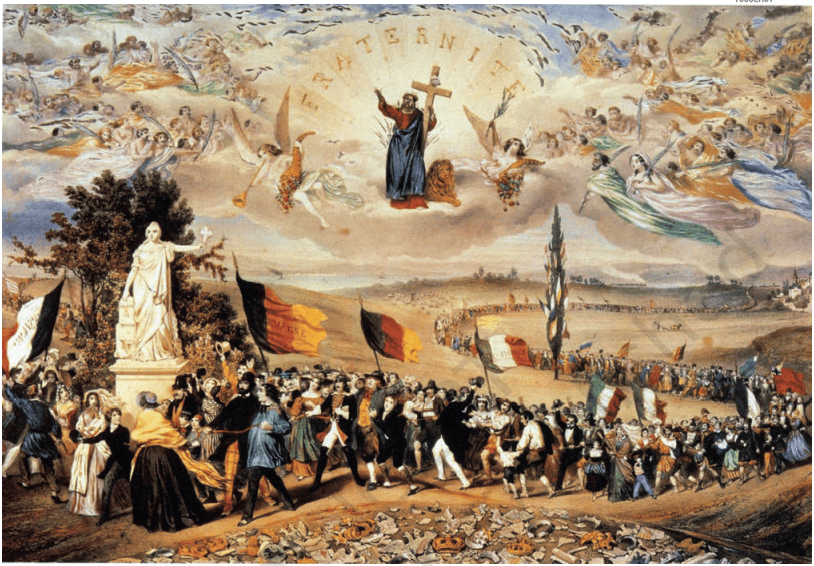
Key Points:
- Shows the peoples of Europe and America – men and women of all ages and social classes – marching in a long train, and offering homage to the Statue of Liberty as they pass by it.
- On the earth in the foreground of the image lie the shattered remains of the symbols of absolutist institutions.
- From the heavens above, Christ, saints, and angels gaze upon the scene. They have been used by the artist to symbolise fraternity among the nations of the world.
Picture-2
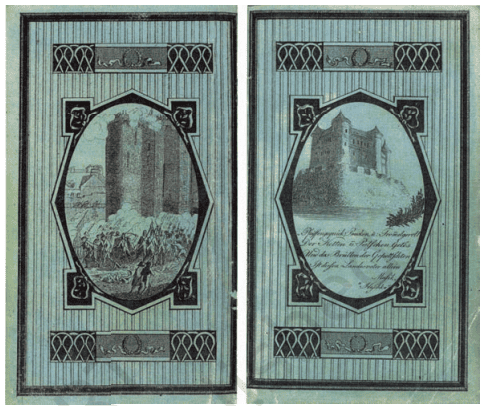
slogan: ‘The people must seize their own freedom!’ Rebmann lived in the city of Mainz and was a member of a German Jacobin group.
Picture-3
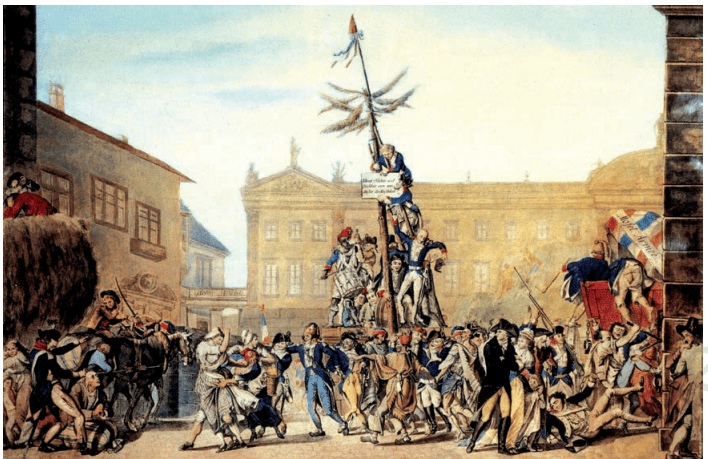
The subject of this colour print by the German painter Karl Kaspar Fritz is the occupation of the town of Zweibrücken by the French armies. French soldiers, recognisable by their blue, white and red uniforms, have been portrayed as oppressors as they seize a peasant’s cart (left), harass some young women (centre foreground) and force a peasant down to his knees. The plaque being affixed to the Tree of Liberty carries a German inscription which in translation reads: ‘Take freedom and equality from us, the model of humanity.’ This is a sarcastic reference to the claim of the French as being liberators who opposed monarchy in the territories they entered
Picture-4
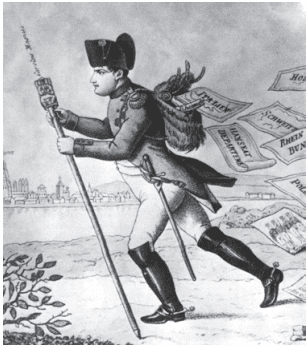
Picture-5
Some important dates (helpful in questions asking to arrange events in chronological order)
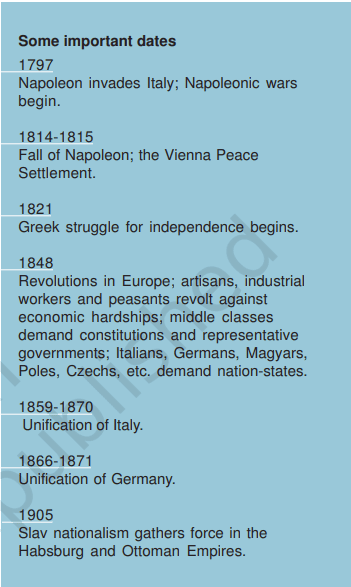
Picture-6
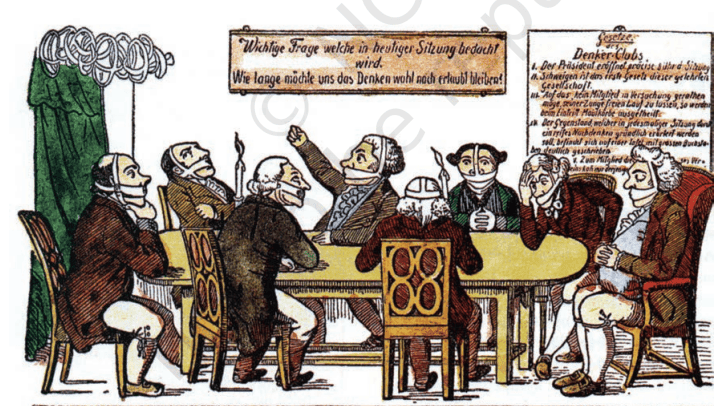
The plaque on the left bears the inscription: ‘The most important question of today’s meeting: How long will thinking be allowed to us?’
The board on the right lists the rules of the Club which include the following:
‘1. Silence is the first commandment of this learned society.
2. To avoid the eventuality whereby a member of this club may succumb to the temptation of speech, muzzles will be distributed to members upon entering.’
Picture-7
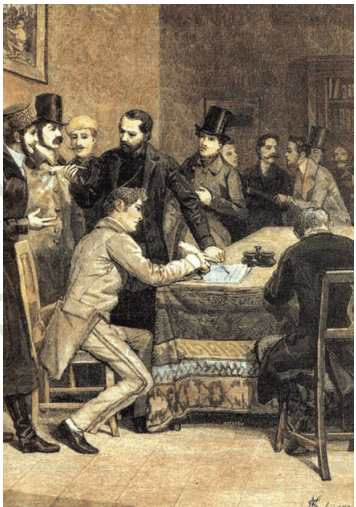
Young Europe in Berne 1833.
Print by Giacomo Mantegazza.
Picture-8
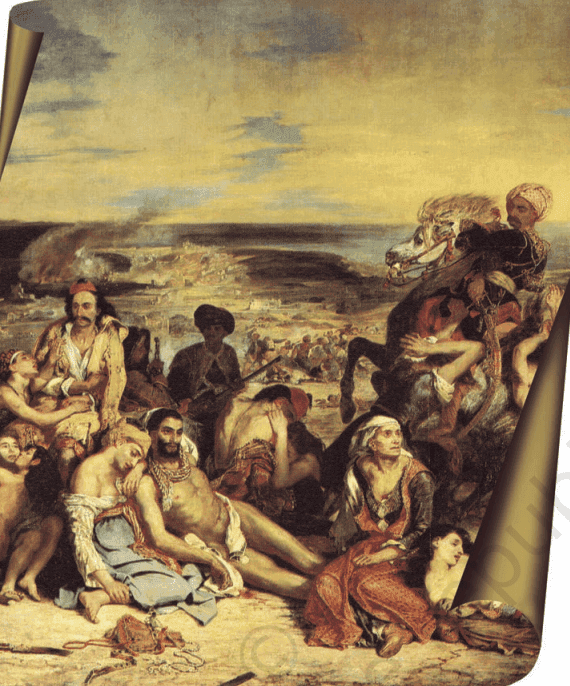
The French painter Delacroix was one of the most important French Romantic
painters. This huge painting (4.19m x 3.54m) depicts an incident in which
20,000 Greeks were said to have been killed by Turks on the island of Chios. By
dramatising the incident, focusing on the suffering of women and children, and
using vivid colours, Delacroix sought to appeal to the emotions of the spectators, and create sympathy for the Greeks.
Picture-9
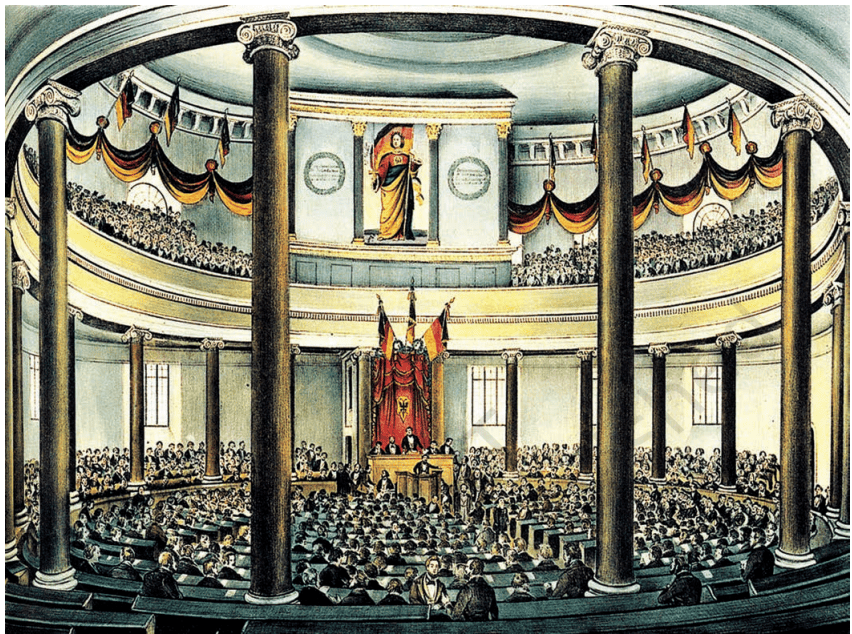
Contemporary colour print. Notice the women in the upper left gallery
Picture-10
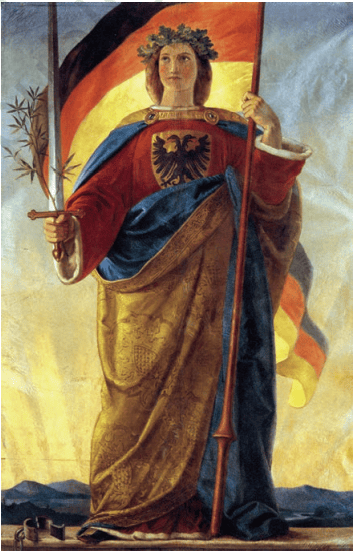
The artist prepared this painting of Germania on a
cotton banner, as it was meant to hang from the ceiling of the Church of St Paul where the Frankfurt parliament was convened in March 1848.
Picture -11
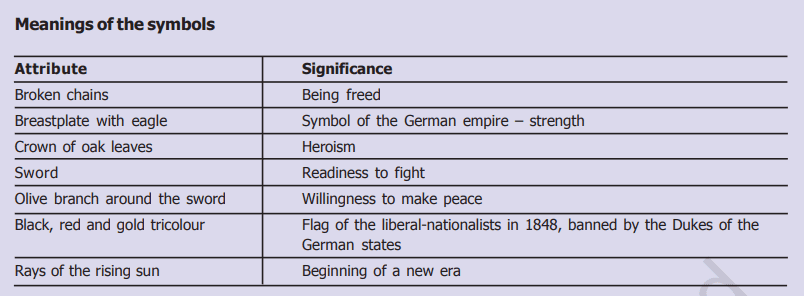
Picture-12
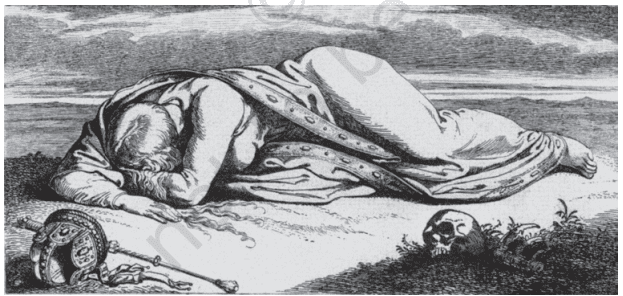
Picture-13
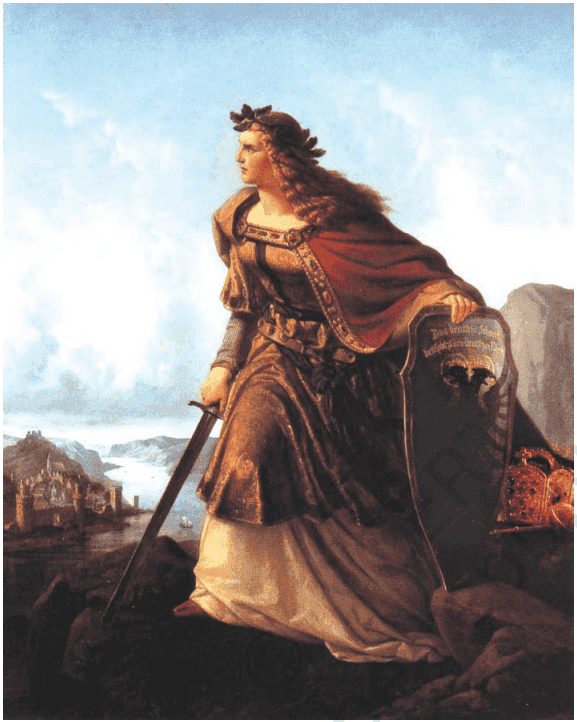
In 1860, the artist Lorenz Clasen was commissioned to paint this image. The inscription on Germania’s sword reads: ‘The German sword protects the German Rhine.’
Picture-14
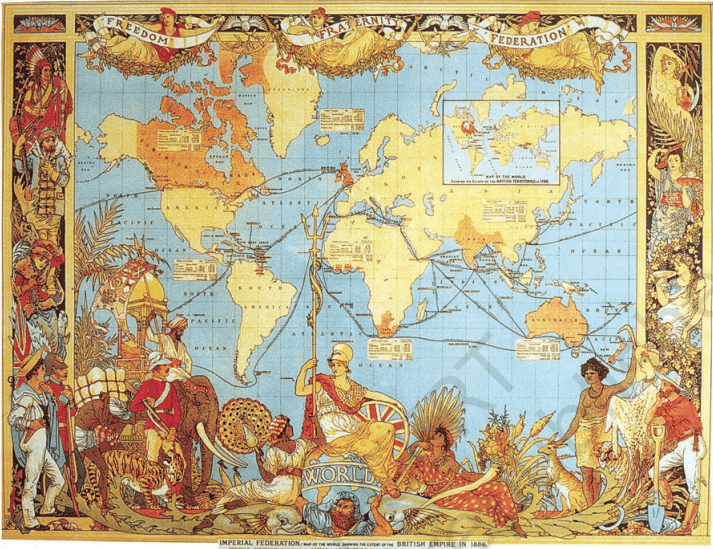
At the top, angels are shown carrying the banner of freedom. In the foreground, Britannia — the
symbol of the British nation — is triumphantly sitting over the globe. The colonies are represented
through images of tigers, elephants, forests, and primitive people. The domination of the world is
shown as the basis of Britain’s national pride.
Chapter-2: Nationalism in India
Picture-15
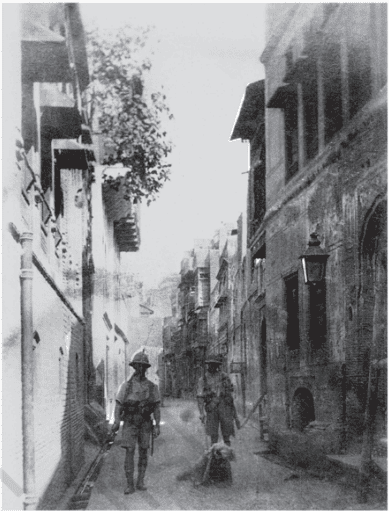
Picture-16
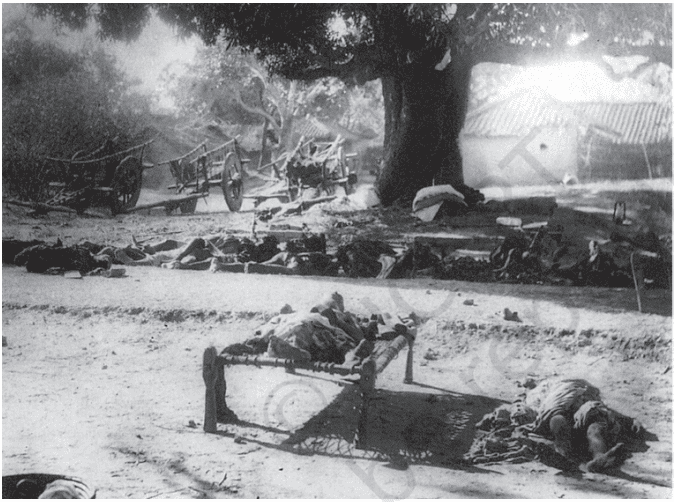
Picture-17
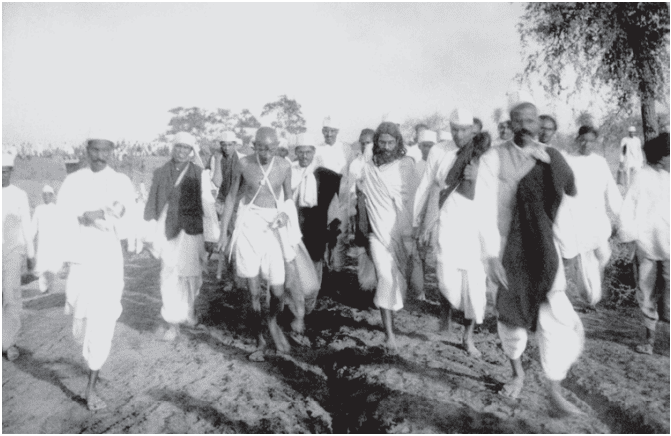
Picture-18
Some Important Dates (Useful in Questions Asking for Chronological Order)
| Date | Event |
|---|---|
| 1918-19 | Distressed UP peasants organised by Baba Ramchandra. |
| April 1919 | Gandhian hartal against Rowlatt Act; Jallianwala Bagh massacre. |
| January 1921 | Non-Cooperation and Khilafat movement launched. |
| February 1922 | Chauri Chaura; Gandhiji withdraws Non-Cooperation movement. |
| May 1924 | Alluri Sitarama Raju arrested ending a two-year armed tribal struggle. |
| December 1929 | Lahore Congress; Congress adopts the demand for ‘Purna Swaraj’. |
| 1930 | Ambedkar establishes Depressed Classes Association. |
| March 1930 | Gandhiji begins Civil Disobedience Movement by breaking salt law at Dandi. |
| March 1931 | Gandhiji ends Civil Disobedience Movement. |
| December 1931 | Second Round Table Conference. |
| 1932 | Civil Disobedience re-launched. |
Picture-19
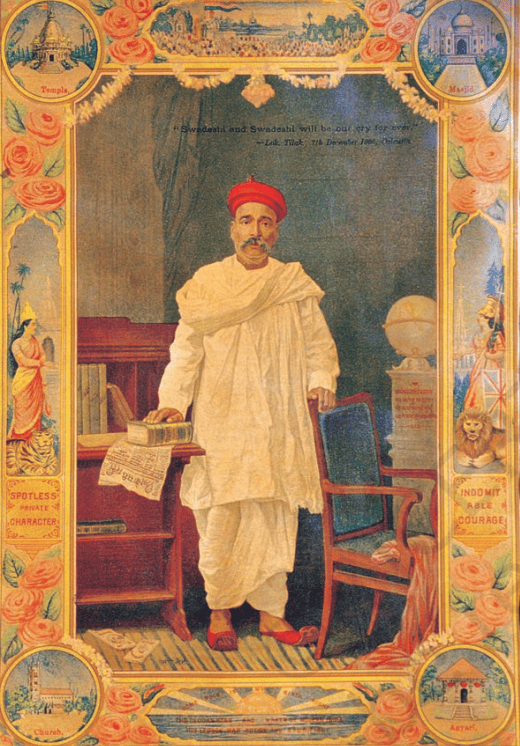
Notice how Tilak is surrounded by symbols of unity. The sacred institutions of different faiths (temple, church, masjid) frame the central figure.
Picture-20
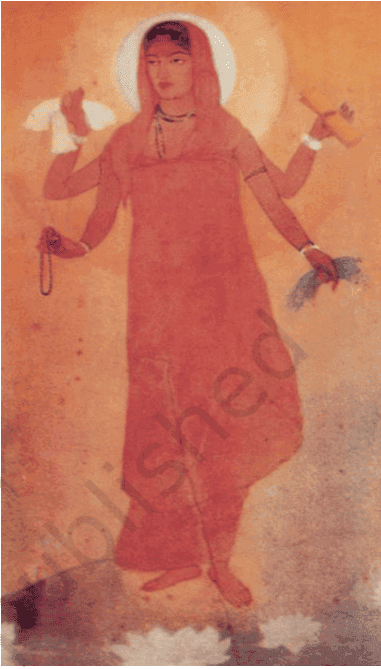
Notice that the mother figure here is shown as dispensing learning, food and clothing. The mala in one hand emphasises her ascetic quality. Abanindranath Tagore, like Ravi Varma before him, tried to develop a style of painting that could be seen as truly Indian.
Picture-21
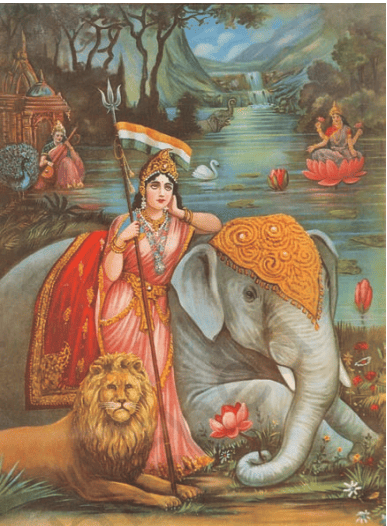
This figure of Bharat Mata is a contrast to the one painted by Abanindranath Tagore. Here she is shown with a trishul, standing beside a lion and an elephant - both symbols of power and authority
Sample Questions and Answers
i. In the below picture of Frederic Sorrieu’s utopian vision, the saints, angle, and Christ symbolize:
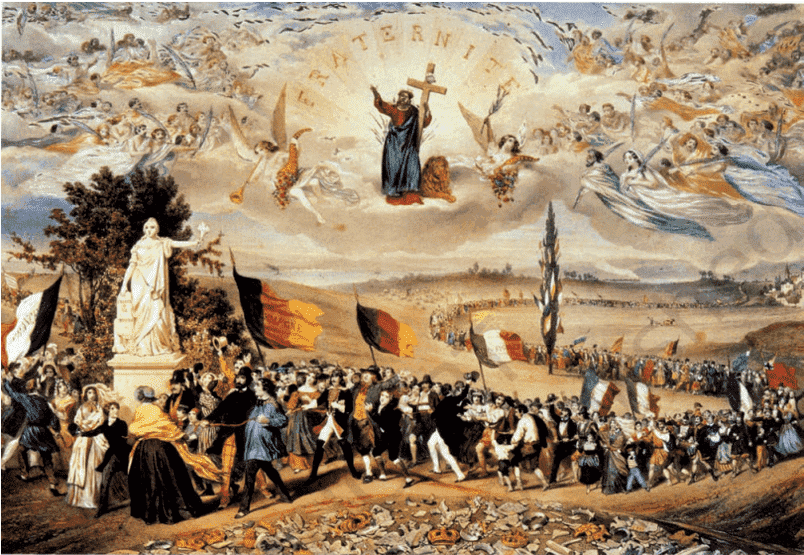
a. Equality among people
b. Fraternity among nations
c. Freedom of nations
d. Resentment against nations
Ans. Option (b).
ii. The following image is the personification of Germany commonly associated with the Romantic Era and the Revolutions of 1848. Which of the following aspect best signifies this image of ‘Germania’?
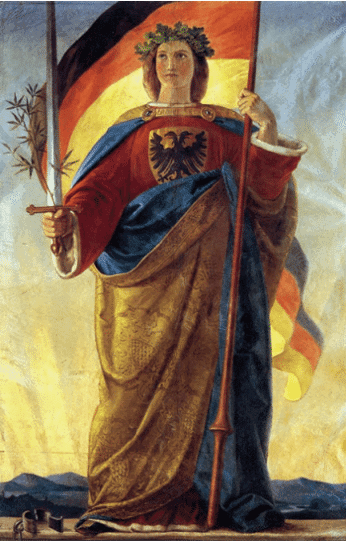
a. Heroism and Justice
b. Folk and Cultural Tradition
c. Austerity and Asceticism
d. Revenge and Vengeance
Ans. Option (a).
iii. Choose the correct statement about the image given below:
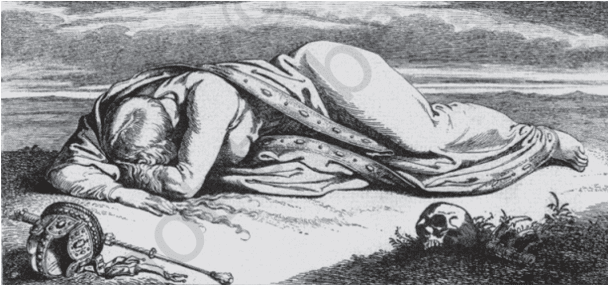
a. This image was painted by artist Lorenz Clasen.
b. This image was painted by artist Julius Hubner.
c. Germania guarding the Rhine was the title of this painting.
d. Philip Veit, was the artist who made this painting.
Ans. Option (b).
iv. Identify the painting from the options given below.
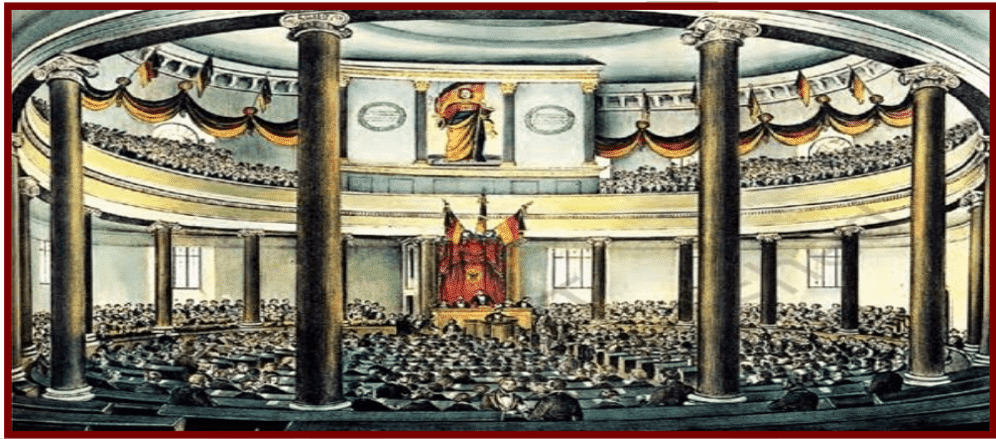
a. Frankfurt Parliament
b. Reichstag
c. Duma
d. The House of Parliament
Ans. Option (a)
v. Napoleon in the given picture is depicted as a postman. What do each letter falling from his bag represent?

a. Number of wars he fought
b. Letters he posted to the monarchs
c. Territories lost by him
d. Areas conquered by him
Ans. Option (c)
vi. Who painted the picture of Bharat Mata given below? Mention some of its features.
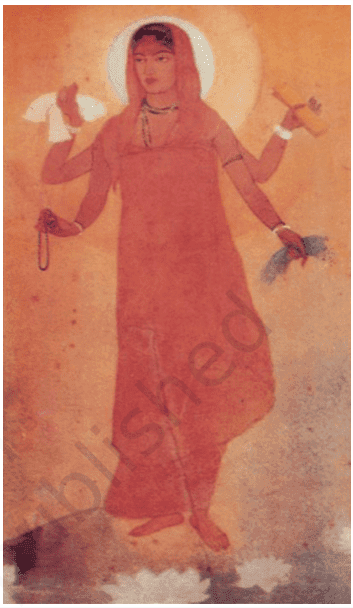
Ans. Abanindranath Tagore painted the image given.
Conclusion
By practicing these Class 10 SST important picture-based questions, you’ll develop a clear understanding of how to approach such questions in the CBSE exams. Remember, these questions aren’t just about memorizing images but understanding their relevance in the context of the syllabus. Keep revising, and don’t forget to check out more resources for a comprehensive preparation strategy!
❤️🔥
Picture based questions are easy here but u can give it in question wise it would be more easier..
Picture based questions are easy here but u can give it in question wise it would be more easier.
Helped me a lot in my boards exam